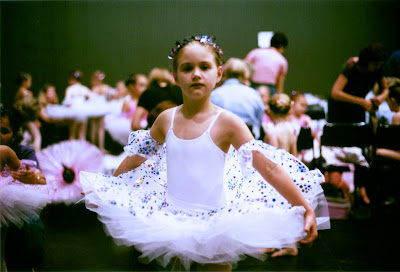I am always enthusing about the magnificence and abundance of beauty in nature .... however I am equally in awe of the incredible works of art conceived and constructed by man’s own hands.
And although there are very many amazing modern architectural wonders all over the world to be overwhelmed by, I still love that humbled feeling you get when walking into an old, heritage-listed building.
The soaring ceilings, the intricate decorative work and the absolute wonder of the shapes, patterns, materials and craftsmanship that were in vogue so far in the past, are still an integral part of our world’s rich and diverse cultural inheritance.
If only the walls could speak, they could tell us so many fascinating stories about the many thousands of people who have entered the rooms or walked the hallways of these old buildings over the decades.
The impressive Queen Victoria Building in the city of Sydney is one such building. It never ceases to give me a sense of awe each time I wander through.
Built in the late 1800’s and affectionately known as the QVB, this elaborate Romanesque building was constructed as a monument to the long-reigning Monarch, Queen Victoria.
Construction of the massive building took place in dire times, when Sydney was suffering the depths of a severe recession and something grand was desperately needed to lift the population out of widespread depression.
Originally the building, which occupies an entire street block, included a concert hall, tearooms, offices, show rooms, warehouses and shop fronts for a wide variety of trades people such as tailors, hairdressers, boot makers, fruiterers, tobacconists, chemists, florists and toymakers.
However, the passing decades saw many changes of tenants, with the concert hall being overtaken by the city library at one time and winemakers, teachers of dance, piano tuners, palmists and clairvoyants occupying the shop fronts.
Gradually, as the years passed by, the once magnificent building fell into disrepair and in 1959, the iconic building was threatened with demolition. Thankfully, various important citizens took up the cause and the decision was finally made to restore and preserve the QVB as a historically significant site.
Today, after a $75million refurbishment, the QVB is at once a magnificent multi-leveled luxury shopping mall with all the exclusive international fashion names represented, and a Federation Romanesque architectural wonder.
The dominant feature of the sandstone building is the huge 20-meter in diameter central glass dome, with its copper sheathed exterior topped by a domed copula.
The interior features elaborate arched skylights leading out in both directions from the central dome, creating great light wells for the shopping arcades on either side.
Magnificent stained glass, including a cartwheel window depicting the ancient arms of the city of Sydney, allow light to filter over the sweeping staircases, hand crafted wrought-iron balustrades and beautiful wood paneling.
Many of the thousands of tiles on the intricately patterned mosaic floors are the originals, as is the beautiful 19th century spiral staircase.
The QVB has been faithfully restored to all of its former glory and is something not to be missed during a visit to Sydney - not for the shopping, or for the great coffee or food - but for the spectacular visual feast of the interior décor of this incredibly beautiful building.

























































